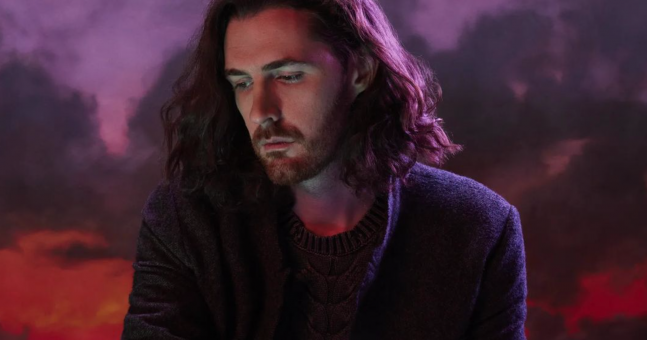Democratic Turnout Key to US Elections
1/3 of American voters describe themselves as Democrats, 1/3 as Republicans and the 1/3 say they are Independent. Parties have worked harder to grab the attention of undecided voters than they have for their own members. On the campaign trail, candidates focused on certain groups. Blacks, Hispanics and young voters tend to support the Democratic Party, but getting them to vote has been the challenge. Identifying with a party is the biggest factor affecting voter’s behavior, say the experts.
As it has been proved at the 2000 presidential elections, Florida is no longer a "Republican" state but it is rather one of the battlefield states for both parties.
According to a Reuters news agency poll, Kerry is leading over US President and Republican Party candidate George W. Bush by one point with Kerry receiving 47 percent and Bush with 46 percent. In addition, Kerry is said to be ahead in six of the eight states that are still up for grabs. Independent candidate Ralph Nader has 1.8 of the votes.
According to an Associated Press poll, Bush is leading in 26 states and has already been guaranteed 222 electoral votes. Kerry, on the other hand, is guaranteed 211 electoral votes in 16 states. Therefore, Bush needs 48 and Kerry needs 59 votes of the remaining 105 electoral votes in order to win. These remaining 105 electoral votes are in the ‘battleground states" of Florida, Ohio, Nevada, Pennsylvania, Wisconsin, Iowa, Minnesota and New Mexico. Florida was traditionally a Republican stronghold, but the 2000 elections proved that it is no longer predicable.



